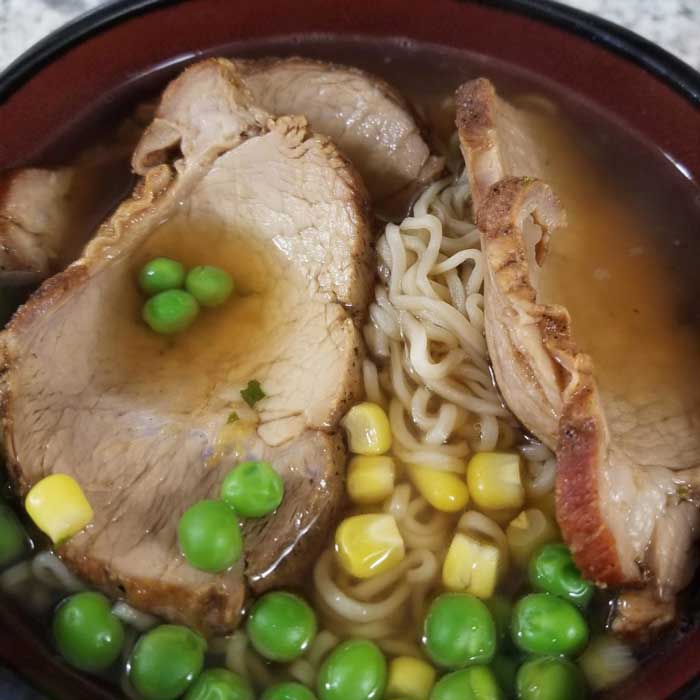What Helps Nausea? – Beyond Your Prescriptions

In another article, I taught you how to Identify Your Source of Nausea. Now that we have been able to identify where the nausea is coming from, you may be asking yourself “what helps nausea?” Here are some ways to avoid or treat nausea that have worked for other people. There are many options for herbal and folk remedies that have been time tested to combat mild nausea. Here are a few of my recommendations that worked for us.
1. Peppermint
It is available in tea and candy form. Peppermint has long been used as a folk remedy for nausea. I can say that it does work for mild to moderate nausea. For us, it seemed to be that the peppermint candies or breath mints worked a little better than the peppermint teas. This is most likely because the intensity of the mint is much higher in breath mints than in tea.
2. Ginger
A classic sore stomach soother. Ginger, which originated in east Asia, has been in use for thousands of years to sooth a sore stomach. It is available as a fresh root, a dried powder, a tea, or in soda form. Ginger does in fact work for mild to moderate nausea. Be warned in advance though, ginger is in fact a warm spicy flavor, not a mild sweet flavor. Its warm spicy flavor often takes people by surprise!
Ginger can be cooked into soups very easily, and its aromatic quality does change the flavor of many dishes. At first this can be distracting, but as you get used to the new flavor you’ll grow to love its comforting aroma. If you do decide to work ginger into your recipes, fresh ginger root is the best of all the flavors. Remove the ginger root before serving the dish though, as raw ginger can have an overpowering flavor when chewed.
3. Sipping Liquids
For mild nausea, a warm cup of soup broth to sip can help to set you right. In addition to this, soup broth has a caloric value which can be extremely helpful for those having trouble getting necessary nutrients into their bodies. You can also slowly sip water. This can help with mild nausea. Make certain not to quickly drink the liquids. An upset and sudden influx of fluids can cause the inverse of the intended effect and cause you to become extremely nauseous!
4. Rubbing Alcohol (isopropyl alcohol)
This is a technique that a post-surgical nurse taught me. When you are extremely nauseous, take a cap full of rubbing alcohol and smell it. Do NOT snort it! Do NOT drink it! But take a few sniffs of the fumes. It will immediately settle your nausea. This technique does not work for everyone, but for those whom it works, it does work extremely well. I can personally vouch for this technique.
5. Farting and Burping
Yes, you read that correctly! Often nausea can be induced by expanding gas in your torso. There are only two ways to release it and that is farting and burping. Are they rude? Yes. Can it be hilarious? Absolutely. But these are necessary bodily functions, so don’t worry about being polite and just let ‘em rip. Remember, better out than in!
Techniques to Help Avoid Nausea Entirely
As the old expression says “an ounce of prevention is worth a pound of cure.” So, is this still true today? While not all nausea can be avoided, here are a few ideas and techniques that you can try to employ in your every day life.
1. Avoid pungent smells.
Pungency is a concept that has to do with the strength of odors. Whereas smell describes the character of an odor. Pungency has to do with the strength irregardless of the pleasantry. For example, roses have a low pungency and it can be hard to detect their scent. Inversely, rotting fish has a very high pungency. Foods that have high pungency can induce nausea more easily than other foods.
2. Use soothing herbs in your cooking.
Rosemary, sage, thyme, basil, parsley, and ginger all have soothing scents that can help to keep nausea from occurring while eating.
3. Mask pungent smells when necessary.
A great way to mask pungent smells is actually through the palate cleansing technique. Red wine vinegar can actually help to remove the pungent scents that foods like brussels sprouts emit during the cooking process. This can help you to make more nutritious meals while still catering for a loved one’s preferences.
Hopefully these tips and techniques have answered the question “What Helps Nausea?” Remember the key is not just to treating it, but avoiding it in entirety.